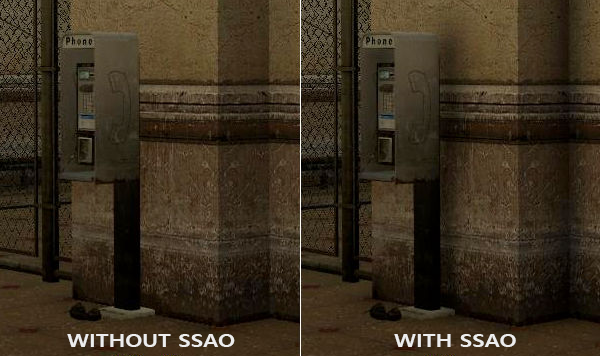I might try to organize a fork once I have retired. But I have a feeling that somebody (more competent) will do that before me
@Richard:
I have great respect for you as a person and for your technical knowledge. Even though I do not quite understand some of your points about Ambient Occlusion (most probably my lack of knowledge) and I am not really with you about how easy or not it is to contribute to FG source code, I will therefore politely keep my mouth shut and try to make the best of the situation.
I hope that I am allowed to ask you about some points regarding Ambiend Occlusion, OSG etc. in the future once I had time to look deeper into it.
Already some thoughts:
* Baking AO in maps is ONE technique used by DCS, but clearly not the only one. Wings and Tail cast shadow on the fuselage dynamically and when moving around the aircraft in close distance you can really see the difference between real AO and baked maps.
* Cube maps (esp. inside cockpits) will cast the shadow from the outer shell to the inside. However, in DCS you can clearly see that ALL 3D-objects (well many of them...some are also baked maps, but again, one can see that!!) INSIDE the cockpit cast shadows on neighboring objects/faces dynamically. Also you can clearly see that even nuts and bolts are REAL 3D-objects and not baked into a map (visible if you move your head accordingly).
* I am sure that DCS has more professional livery developers. But -as I said above- simulating shadow by drawing them into the livery (that's what many relatively good looking AC in FG do) and baking bump-maps does not really compare to what DCS does. So I suspect a combination of more professional AC developers AND a better AO-system is used in DCS.
But as stated, I will try to learn more as I go and would be happy to be allowed to ask further questions once my knowledge is up to the point that I CAN ask the good questions....



















